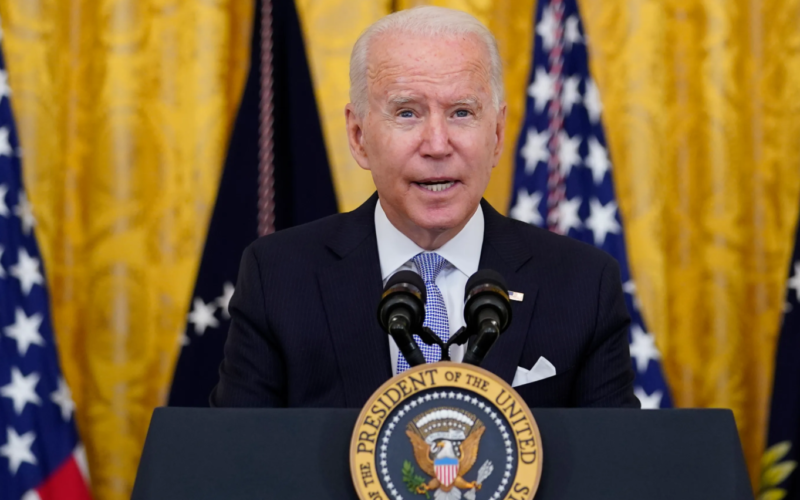In a groundbreaking move, the Biden administration has presented a comprehensive proposal to enforce stringent new regulations, requiring the replacement of lead water pipes within ten years for most U.S. cities. The Environmental Protection Agency (EPA) is spearheading this initiative, intending to combat lead exposure in drinking water and avert crises akin to those witnessed in Flint, Michigan, and Washington, D.C.
The proposed rules, known as the Lead and Copper Rule Improvements, mark the most significant overhaul of lead regulations in over three decades. Under these new guidelines, the EPA aims to enhance public health by addressing the pervasive issue of lead in drinking water. The ambitious plan involves a tight deadline for cities to replace lead pipes, recognizing them as a primary source of lead contamination.
Millions of individuals in the United States currently consume drinking water from lead pipes, posing severe health risks, especially to children. The EPA contends that the proposed stricter standards would not only raise IQ scores in children but also reduce the prevalence of high blood pressure and heart disease in adults.
The Biden administration has previously expressed its commitment to the removal of all approximately 9 million lead pipes nationwide. Lead pipes, connecting water mains to homes, are prevalent in older industrial areas. Historically, lead crises have disproportionately affected poorer, majority-Black cities, bringing the detrimental effects of lead in drinking water to the forefront of national attention.
The proposal necessitates utilities to replace lead pipes, even if lead levels are not excessively high. This signifies a departure from previous regulations, where cities were not compelled to replace lead pipes, often lacking knowledge of their precise locations. Some flexibility may be extended, with certain cities granted longer deadlines based on their specific circumstances.
The broader federal effort to combat lead exposure encompasses various measures, including proposed stricter limits on lead-based paint dust and an objective to eliminate lead in aviation fuel. The EPA’s Lead and Copper Rule Improvements specifically address the historical gaps in the regulations enacted in 1991. While those regulations significantly reduced lead levels, they left loopholes that allowed cities to neglect the problem.
The proposal also advocates for lower lead action levels, increased public awareness, and changes in lead measurement methodologies. These adjustments aim to address the multifaceted challenges associated with lead exposure and its detrimental impact on public health.
The public will have an opportunity to provide feedback on the proposed rules, and the EPA anticipates publishing the final version in the fall of 2024. This marks a critical step towards achieving the Biden administration’s vision of ensuring safe, lead-free drinking water for all citizens.
The EPA acknowledges the financial burden associated with replacing lead pipes and emphasizes the importance of utility commitment to cover these costs. The Association of Metropolitan Water Agencies highlights the challenges in securing homeowner permissions and managing escalating costs.
While the proposed overhaul entails substantial costs, the EPA contends that the long-term health benefits, particularly the prevention of lead exposure-related health issues, outweigh the financial implications. The administration’s commitment to rectifying historical injustices and ensuring equitable access to safe drinking water underscores the significance of this landmark proposal.








